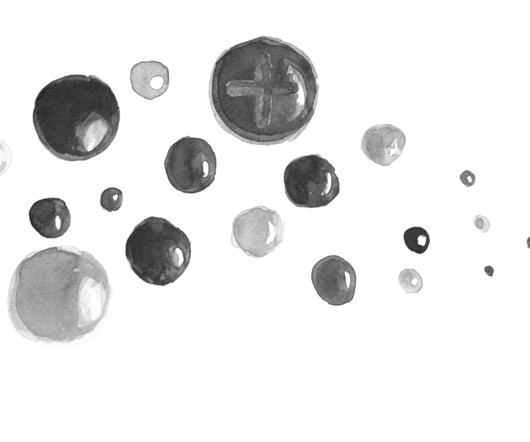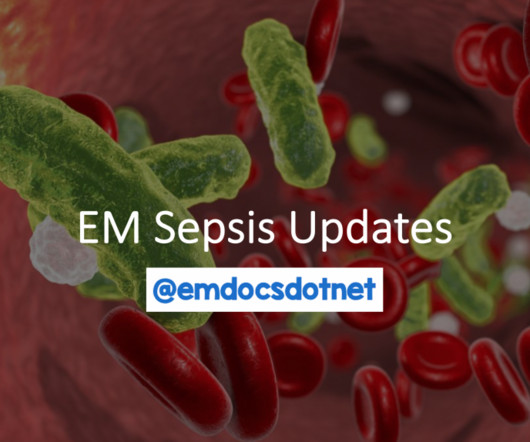The 90th Bubble wrap DFTB X The Bridge
Don't Forget the Bubbles
MARCH 31, 2025
Lack of fluid monitoring throughout the PICU stay led to underreporting of MODS resulting from late-onset FO. Sepsis is a significant cause of mortality in children, and fluid resuscitation is a key treatment strategy. 41% of patients with septic shock had MODS. Why does it matter? Am J Emerg Med. 2025 Apr;90:179-191.















Let's personalize your content